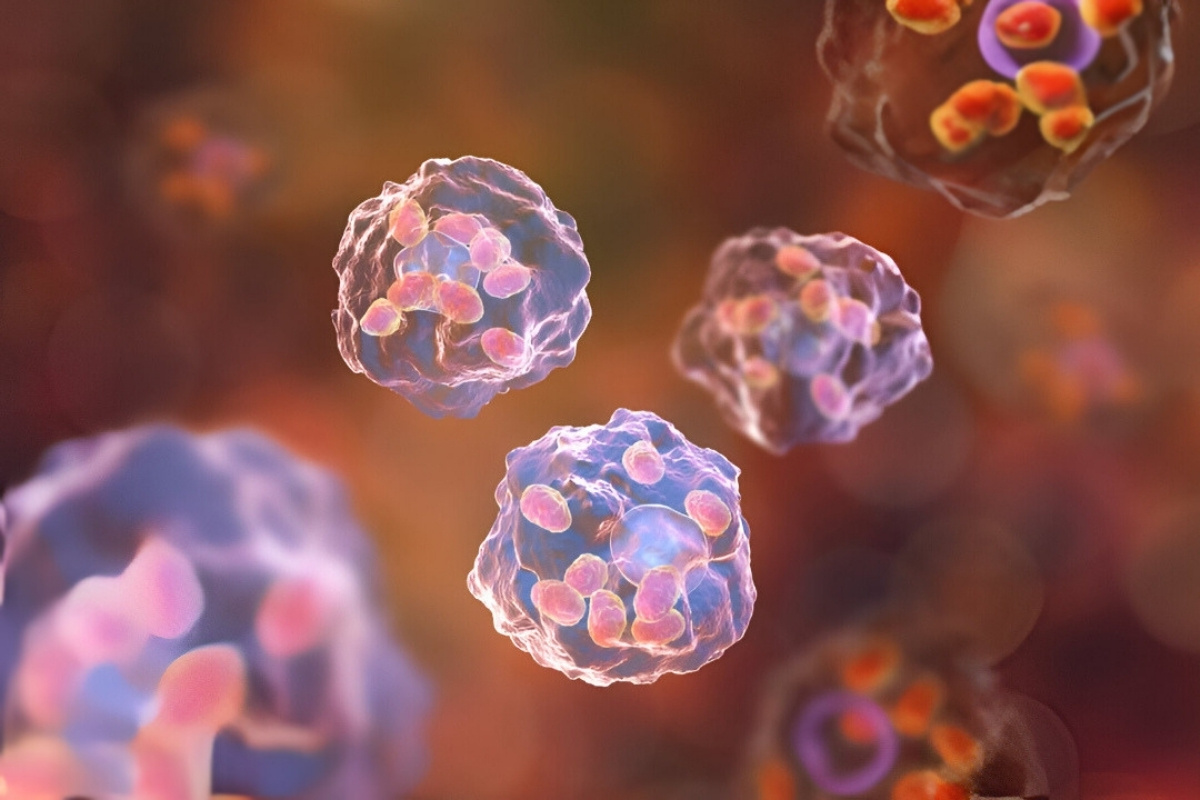
Virulence is a term often heard in discussions about diseases, but what exactly does it mean? Virulence refers to the degree of damage a pathogen can cause to its host. Think of it as the "nastiness" level of a germ. Some germs are mild, causing only minor discomfort, while others can be deadly. Understanding virulence helps scientists and doctors develop better treatments and preventive measures. It's not just about how easily a disease spreads, but also how severe the symptoms can be. Curious about the factors that influence virulence or how it impacts public health? Keep reading to uncover 25 intriguing facts about this critical aspect of infectious diseases.
What is Virulence?
Virulence refers to the degree of damage a pathogen can cause to its host. It's a measure of how harmful a microorganism can be. Understanding virulence helps scientists develop treatments and preventive measures against infectious diseases.
- Virulence is derived from the Latin word "virulentus," meaning "full of poison."
- Pathogens like bacteria, viruses, and fungi can all exhibit virulence.
- Virulence factors are molecules produced by pathogens that contribute to their ability to cause disease.
- Toxins are common virulence factors that can damage host tissues and disrupt normal functions.
- Adhesion factors help pathogens stick to host cells, making it easier for them to invade and cause infection.
Measuring Virulence
Scientists use various methods to measure virulence. These measurements help determine how dangerous a pathogen is and guide the development of medical interventions.
- Lethal dose 50 (LD50) is a common measure of virulence, indicating the dose required to kill 50% of a test population.
- Infectious dose 50 (ID50) measures the number of organisms needed to cause infection in 50% of a test population.
- Virulence assays often involve animal models to study the effects of pathogens in a controlled environment.
- Cell culture techniques allow researchers to observe how pathogens interact with host cells in a lab setting.
- Genetic analysis can identify specific genes responsible for virulence, helping to pinpoint targets for treatment.
Factors Influencing Virulence
Several factors can influence the virulence of a pathogen. These factors can be intrinsic to the pathogen or related to the host and environment.
- Genetic mutations in pathogens can increase or decrease their virulence.
- Host immunity plays a crucial role; a strong immune system can reduce the impact of virulent pathogens.
- Environmental conditions like temperature and humidity can affect pathogen survival and virulence.
- Antibiotic resistance can make pathogens more virulent by allowing them to survive treatments that would otherwise kill them.
- Pathogen load refers to the number of pathogens present; higher loads often correlate with increased virulence.
Examples of Highly Virulent Pathogens
Some pathogens are notorious for their high virulence, causing severe diseases and outbreaks.
- Ebola virus is highly virulent, with mortality rates ranging from 25% to 90%.
- Yersinia pestis, the bacterium responsible for the plague, has caused devastating pandemics throughout history.
- Bacillus anthracis, the bacterium causing anthrax, produces potent toxins that can be lethal.
- Mycobacterium tuberculosis has a complex array of virulence factors, making it difficult to treat.
- Influenza virus can mutate rapidly, leading to highly virulent strains that cause pandemics.
Reducing Virulence
Efforts to reduce virulence focus on weakening pathogens or boosting host defenses. These strategies are crucial for controlling infectious diseases.
- Vaccination can reduce virulence by preparing the immune system to fight off pathogens.
- Antivirulence drugs target virulence factors rather than killing the pathogen, reducing the risk of resistance.
- Hygiene practices like handwashing and sanitation can lower the spread of virulent pathogens.
- Quarantine and isolation help contain outbreaks by preventing the spread of highly virulent pathogens.
- Public health measures such as surveillance and rapid response teams are essential for managing virulent disease outbreaks.
Final Thoughts on Virulence
Virulence is a fascinating aspect of microbiology that impacts our health in significant ways. Understanding how pathogens cause disease helps scientists develop better treatments and preventive measures. From bacteria to viruses, each pathogen has unique strategies to invade and damage host cells. The balance between a pathogen's virulence and the host's immune response often determines the severity of an infection.
Research continues to uncover new insights into these complex interactions, leading to advancements in vaccines and therapies. Staying informed about virulence can help us appreciate the ongoing efforts to combat infectious diseases. Whether it's through improved hygiene, vaccination, or new medications, knowledge about virulence is crucial for public health.
Keep learning and stay curious about the microscopic world around us. It’s a small world with big implications for our well-being.
Was this page helpful?
Our commitment to delivering trustworthy and engaging content is at the heart of what we do. Each fact on our site is contributed by real users like you, bringing a wealth of diverse insights and information. To ensure the highest standards of accuracy and reliability, our dedicated editors meticulously review each submission. This process guarantees that the facts we share are not only fascinating but also credible. Trust in our commitment to quality and authenticity as you explore and learn with us.
